Mahila Art Studio at 32 Cornwallis Street, Calcutta, tells the story of women empowerment
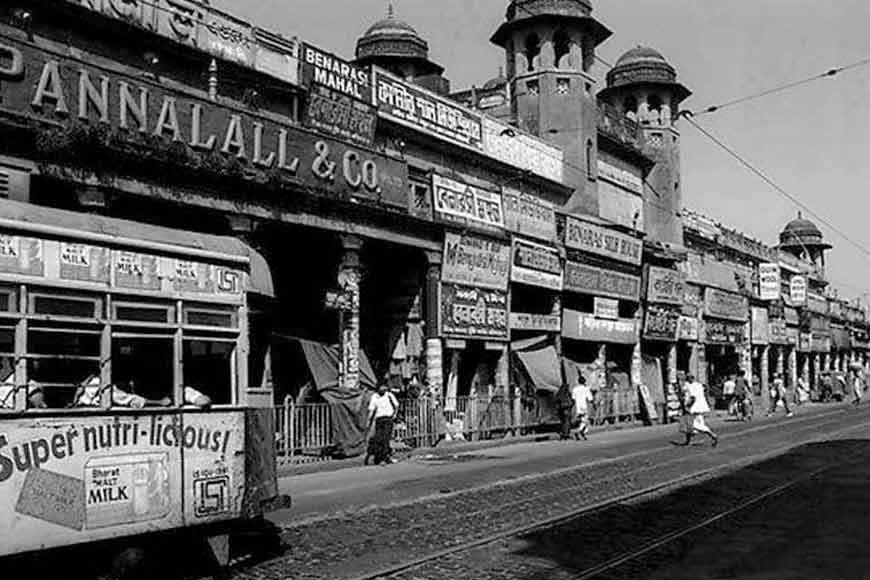
If one takes a walk along the eastern footpath of Cornwallis Street – heading east from the southern end, one still gets to discover glorious landmarks of the past. The grand houses, though a tad bit has worn out, still stand in all their grandeur. But the treasures they hide within their walls, had once upon a time scripted the history of the Bengal Renaissance. Leaving behind the ancient market on the northern part of Machhua Bazar Street, which was popularly known as Yehudi Saheber Bazar or the Jew Market, one comes across the imposing building of Maharajah Durga Charan Laha (1822- 1904). This imposing building was built under the supervision of Sir Tarak Nath Palit’s father, the Late Kalikinkar Palit. The Lahas bought this house from the Palit family.
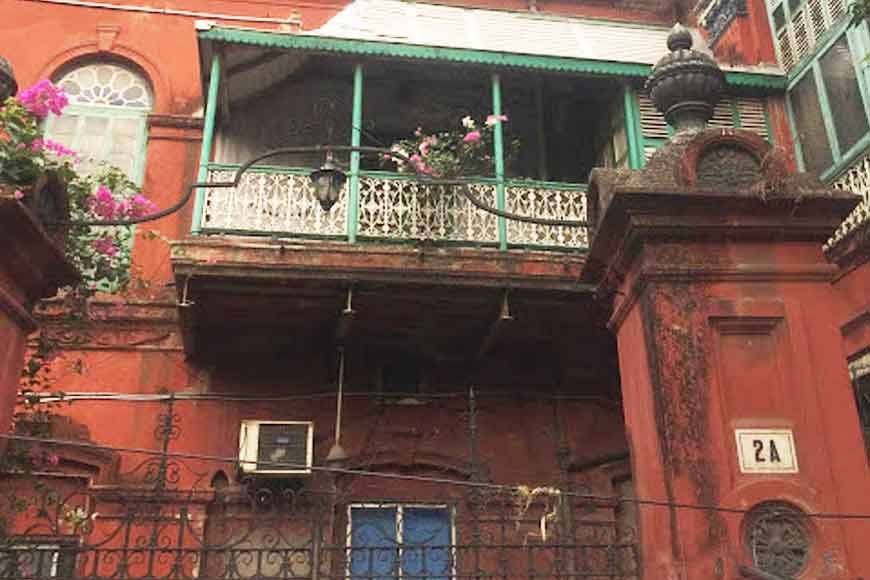 Laha Bari
Laha Bari
But the house that laid the stones of women's empowerment in India was House No 10, locally known as Nabogopal Mitra’s (1840-1894) house. Towards the fag end of his life Mitra became a financial wreck due to huge debts and had to mortgage this house. Thankfully he mortgaged, because in the process unknowingly, he helped in the opening of the first photographic store in this house in March 1898 by Sarojini Ghosh. Known as ‘Mahila Art Studio,’ in those days this studio led to raising eyebrows, especially being run by a woman.
Mrs. Bibi Wince was the next female photographer to appear on the scene. The reformist Brahmo Samaj movement which encouraged women’s education inspired her to teach Bengali women how to take photographs themselves. The first Indian woman who mastered the art of photography was Maharani Monmohini, wife of Tripura’s Maharaja, Birchandra Manikya. Jnanadanandini Devi, the wife of Rabindranath Tagore’s elder brother, Satyendranath Tagore, was an enthusiastic photographer and is claimed to have taken pictures of the senior ladies of the Tagore family.
During the 19th century, women of upper caste households in Bengal used to live in the andarmahal or inside the house. They would even travel in palanquins covered on all sides so that their faces could not be seen by any male member outside. Rassundari Debi, an acclaimed Bengali author in her autobiography, Amar Jibon (My Life) narrated how she was supposed to remain absolutely silent and engaged in her housework from early morning to midnight as directed by her mother-in-law, all the while keeping her face hidden under a ghomta or long veil. Women were also restricted from attaining formal education.
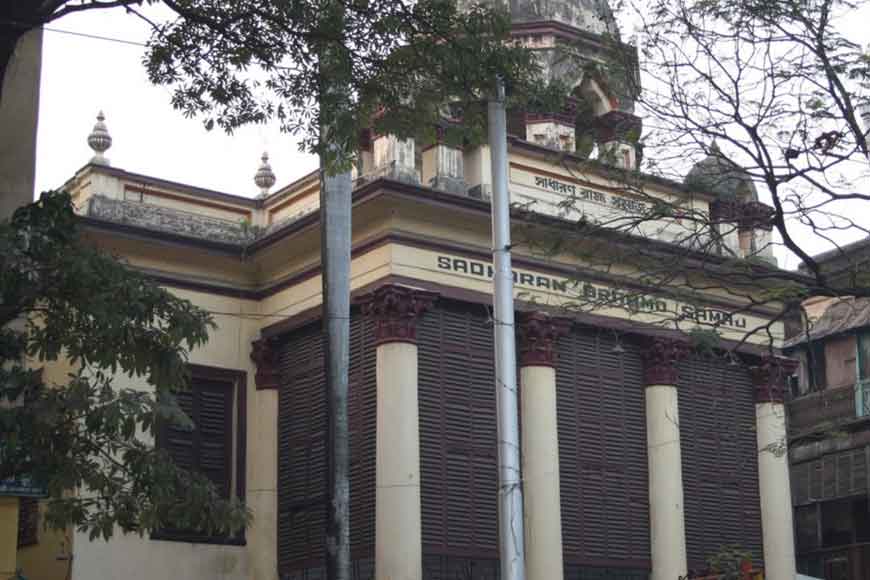 Sadharan Brahmo Samaj
Sadharan Brahmo Samaj
It was uncommon for women to accept employment outside their homes. The customary objections to women’s employment involved considerations of family status, concepts of the inappropriateness of certain roles for the woman because of innate inequalities and disabilities attributed to them, fear of neglect of home and children, and the fear of being unconventional. But again, there were some in Bengal who tried to educate their womenfolk even before 1819 when the first regular girl’s school in Bengal was set up at Gouri Bari (Ultadanga). Between 1807-1847 the Christian missionaries were the only people who ran formal schools for Bengali girls. It was only in 1847 that some enlightened Bengalis took the initiative to set up schools. In 1849 Drinkwater Bethune started a secular school for girls in Bengal. This marked the beginning of the modern system of women’s education in Bengal.
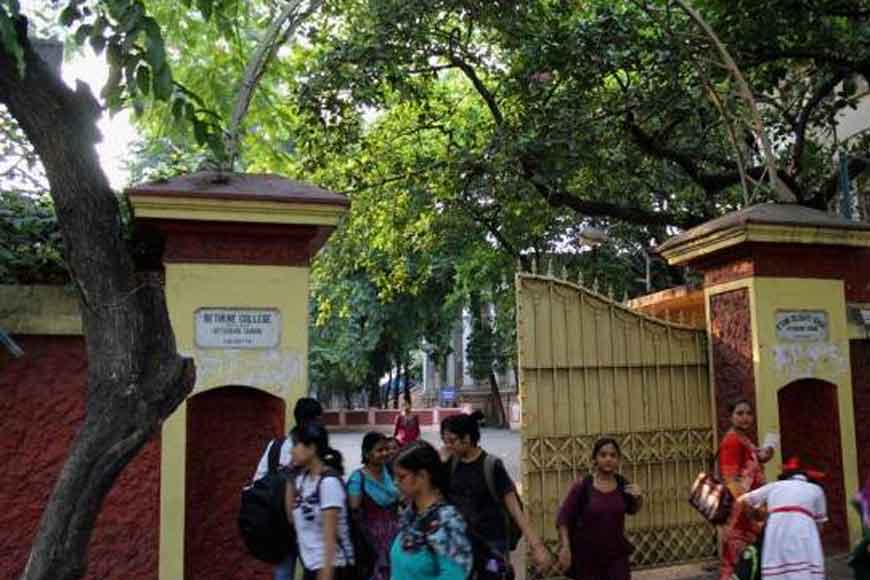 Bethune School and College
Bethune School and College
It was a little after this, in the year 1857, that we see the instance of women in Bengal venturing into photography professionally for the first time. There was a reason for this unlikely phenomenon. Since the women behind the ghomta could not let their faces be shown to any other male member of the society apart from their husbands, women photographers were required to click their photographs.
Before women photographers came into being, the entire process was very laborious and cumbersome. Clicking the portrait of an aristocratic lady entailed the services of palanquin bearers who would carry the lady to the photographer’s studio. Her companions would then usher her in and show her the chair she was to sit on. The camera would be ready, and the photographer would give instructions to either his wife or young daughter to open the lens. After taking the picture, she would move her hand and close it. The lady’s companions would raise the curtain to hide her from the photographer who would then rush in, change the plate, and leave hurriedly. Another photograph would be taken by his lady assistant. In order to avoid such a clumsy procedure, it was inevitable that women be allowed to learn photography and be in control of the camera so that ladies in the veil would feel comfortable.
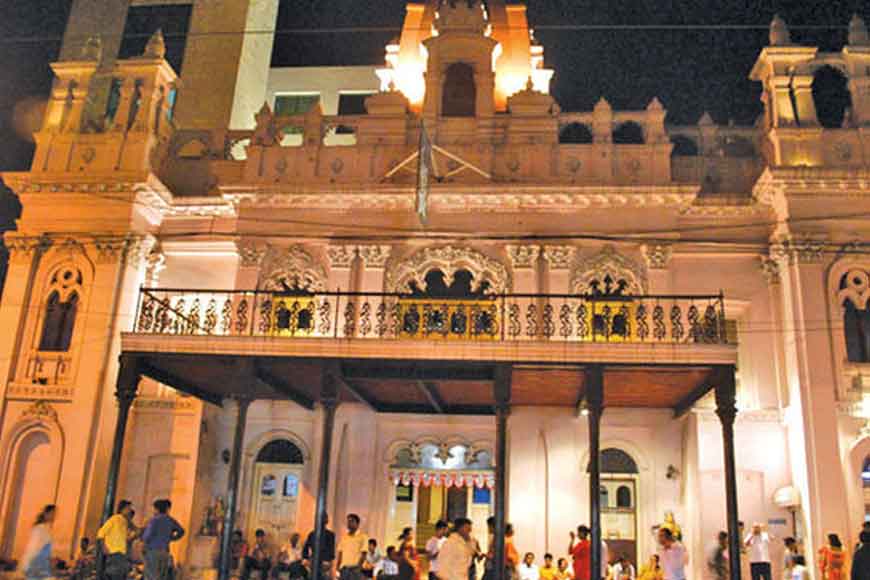 Star Theatre
Star Theatre
Mrs. E. Mayer, one of the female members of the Photographic Society of Bengal, holds the honour of being the first professional woman photographer in India. The other female members included Mrs. T. Thompson and Mrs. C. B. Young. Mrs. Mayer opened a studio at 7, Old Court House Street corner to let Indian women from noble families be photographed without fear or concern. In 1864, Mrs. Mayer’s studio was shifted to 5, Waterloo Street, Calcutta. According to the society’s journal, Mrs. D. Garrick opened a ladies-only studio on Waterloo Street in 1877, but it closed within a year. In 1892, Lala Dean Dayal started the Zenana Photographic Studio in Hyderabad in order to photograph native ladies only. The studio was surrounded by high walls in order to protect the dignity of the ladies. Mrs. Kenny-Levick, aided by native female assistants, clicked photographs of the high-born native ladies.
House No 10, locally known as Nabogopal Mitra’s (1840-1894) house. Towards the fag end of his life Mitra became a financial wreck due to huge debts and had to mortgage this house. Thankfully he mortgaged, because in the process unknowingly, he helped in the opening of the first photographic store in this house in March 1898 by Sarojini Ghosh. Known as ‘Mahila Art Studio,’ in those days this studio led to raising eyebrows, especially being run by a woman.
Mrs. Bibi Wince was the next female photographer to appear on the scene. The reformist Brahmo Samaj movement which encouraged women’s education inspired her to teach Bengali women how to take photographs themselves. The first Indian woman who mastered the art of photography was Maharani Monmohini, wife of Tripura’s Maharaja, Birchandra Manikya. Jnanadanandini Devi, the wife of Rabindranath Tagore’s elder brother, Satyendranath Tagore, was an enthusiastic photographer and is claimed to have taken pictures of the senior ladies of the Tagore family. And then came Sarojini Ghosh, the first 19th-century professional lady Bengali photographer who opened her own studio called The Mahila Art Studio and Photographic Store, at 32 Cornwallis Street, Calcutta. That house still stands in all its glory, with the tales of the first signs of women empowerment in India hidden within its four walls.











